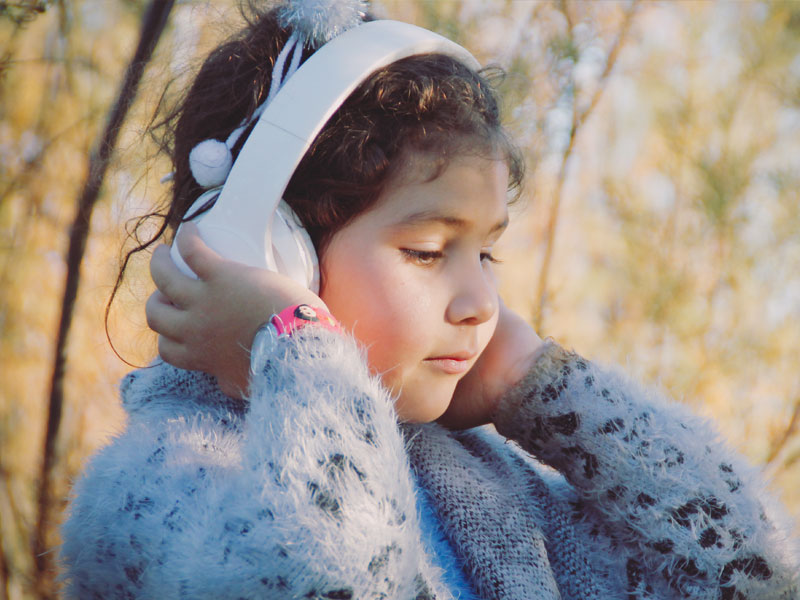Reading Time: 2.6 mins
March 3, 2025
Also referred to as teacher-targeted bullying, there’s been a stark and alarming rise in the online cyberbullying of teachers in recent years.
Although it’s hard to pinpoint when teacher-targeted bullying began, the targeting of teachers is not necessarily a new concept. However, where once teachers were gossiped about behind bike sheds and tall tales told and shared on the school bus, the involvement of the internet has put a different slant on things.
Why Are Teachers Being Bullied Online?
Since print news began, controversary and scandal have always hit the headlines. It’s human nature to engage with stories that are dramatic or different. It’s no different when it comes to social media – the bigger the story, the more engagement. In other words, if a young person posts something scandalous, emotive, or shocking about a teacher, that post is likely to get more attention.
This can work as a feedback loop, with the original poster or other people competing to match or beat the popularity of the ‘first’ post.
However, the reasons behind teacher-targeted bullying cannot be wrapped up by simply saying, ‘it’s just for attention’. In most cases, the reasoning is likely to be more complex. Some contributing factors include:
Young people may also mistake the amount of anonymity provided by platforms like TikTok as an ensured protection from their identity being revealed. While it’s true that an account can be set up without providing any identification or a real name, that doesn’t mean the user can’t be tracked. Police have worked with social media platforms to find the identity of users posting harmful content, including teacher targeted bullying.
However, being armed with this (false) sense of anonymity can make young people feel that they’re free to post anything, without consequence. There’s also the sense of safety in numbers – if everyone else is targeting a teacher on TikTok, it seems less likely that they would be singled out to face consequences.
Join our Online Safeguarding Hub Newsletter Network
Members of our network receive weekly updates on the trends, risks and threats to children and young people online.








